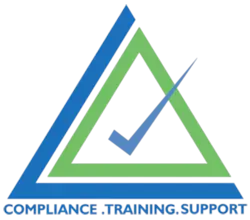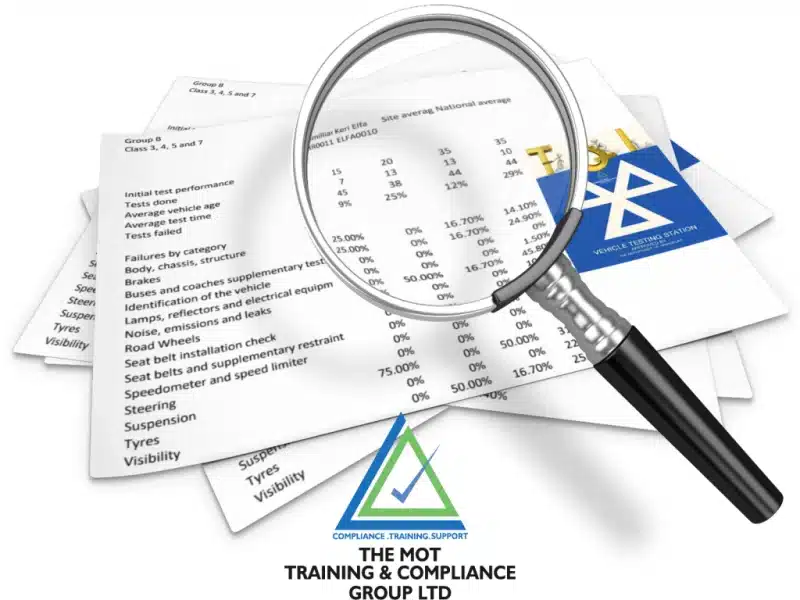Introduction
Test Quality Information (TQI) is a crucial tool for MOT testers and managers to monitor and improve the standards of testing at their Vehicle Testing Stations (VTS). The Driver and Vehicle Standards Agency (DVSA) publishes TQI data each month, providing statistics on test results, test duration, and common vehicle failures. This information helps Authorised Examiners (AEs) and site managers to identify areas for improvement, investigate unusual differences, and take corrective action to maintain high testing standards. By regularly reviewing TQI data, MOT testers can ensure they are meeting the required testing standards and providing a reliable service to their customers.
Understanding Test Quality Information (TQI)
TQI is data held by the DVSA and published each month for each individual tester about their failure rates for each failure category. It is used to monitor and measure standards of testing, and it is a DVSA requirement for each MOT tester to review their TQI data each month. TQI provides information on the number of tests carried out, average age of vehicle tested, failure rate, test durations, and component failure rates. This data helps testers to compare their personal performance with the national averages and identify areas for improvement. By understanding and utilising TQI, testers can ensure they are adhering to the highest standards and addressing any areas where they may be falling short.
Accessing and Interpreting TQI Reports
To access TQI reports, MOT testers and managers can sign in to the MOT testing service and click on the Performance dashboard. From there, they can select the test quality information option and choose a date range to view the data.
The report provides statistics on test results, test duration, and common vehicle failures, as well as information on tester failures by component category and the national failure rate for those components. When interpreting the report, testers and managers should look for unusual differences in the data and investigate any issues that may be affecting testing standards. This process helps ensure that all tests are conducted consistently and in line with DVSA guidelines.
Analysing Your TQI Report
When analysing your TQI report, it is essential to consider several factors, including:
- Average vehicle age: This can affect the failure rate, as older vehicles are more likely to fail.
- Test duration: This can indicate whether testers are taking too long or too short a time to complete tests.
- Component failure rates: This can help identify areas where testers may need additional training or support.
- National averages: Comparing your performance with the national averages can help you identify areas for improvement.
By analysing these factors, you can gain a better understanding of your testing standards and identify areas for improvement. Regularly reviewing and acting on TQI data ensures that your testing station maintains high standards and provides reliable MOT tests to customers.
Additionally, you can view test logs for specific sites and testers, providing detailed insights and the option to download a CSV file for further analysis.
It then compares these stats to both the site average and the national average. Why is this useful? It means you can identify any trends or anomalies that may be forming. If you compare well to the national average, then all is good! But if you see marked differences between the national average and either a particular team member or your site as a whole, then you know action needs to be taken.
That could take the form of additional training or even temporary supervision of your team to support them in the areas they’re struggling with.
The report then breaks down further into percentage failures by MOT category. Namely:
- Body, chassis, structure
- Brakes
- Buses and coaches supplementary tests
- Identification of the vehicle
- Lamps, reflectors and electrical equipment
- Noise, emissions and leaks
- Road wheels
- Seat belt installation check
- Seat belts and supplementary restraint systems
- Speedometer and speed limiter
- Steering
- Suspension
- Tyres
- Visibility.
How often are TQI reports published?
The report is published monthly for the individual MOT tester to access and see how they stack up against all the other testers in an area, such as the average time to complete a test and failure rates in each category (i.e. brakes, visibility, steering etc.).
What should you be looking for when analysing your TQI Report?
To take the necessary actions mentioned before (additional training or supervision), you need to identify the areas the support is required.
For example, what reasons could there be for your tester to be far away from the national average test times? And in which directions are those times? Is your tester taking too long? Are they completing the tests far quicker than the average tester?
Why do times matter? If a test time isn’t falling close to the national average, then it’s possible the tests are not being completed according to DVSA guidelines.
Questions to consider if it’s too short are:
- Has a thorough inspection been completed?
- Is the tester’s workload too heavy, and they feels it’s necessary to rush?
- Are all the vehicles serviced before they are MOT tested?
At the other end of the scale is when tests take too long. If that’s your situation, then the questions to ask are:
- Was the test being interrupted by customers? Or by other staff needing information or techs needing help? (Remember, that’s a BIG no-no with the DVSA)
- Is the vehicle unfamiliar to the MOT tester?
- Did they leave the vehicle unattended or forget to complete the test for any reason? (another, BIG no-no with you know who!)
Why might a MOT tester be far away from the national average failure rates?
If your report identifies one (or more) of your testers’ results are not in sync with the national average failure rates, you should ask the following questions:
- Have the vehicles been serviced before the MOT?
- Is the tester up to date with the current failure criteria as laid down in the current MOT Manual?
- Does tester refer to the Manual regularly? It’s a “live” document and can change at any time; therefore, it’s crucial that they do.
- Do they use PRS properly?
How to interpret the TQI report
Your testers’ pass rates might be higher or lower than the site or national average. That does not automatically mean anything is wrong with their testing standard. Some testing stations with lots of MOT testers all testing should also compare against the site averages, especially if you’re a dealership or specialist service centre.
You and your MOT testers should regularly review this data. Look into any unusual differences, investigate any issues and record the outcome.
Having considered the items above – what next?
As manager of your MOT testing station, identifying any anomalies and taking the necessary action is key. The information is there to be used and to help you! Make a checklist so you always:
- Get into the habit of using the TQI Report as part of the regular QC process.
- Always discuss findings with the MOT tester so you can offer support where it’s needed.
- Make notes on the TQI Report before filing it in an MOT compliance folder.
- Create an action plan where necessary.
- Review the report EVERY month.
Have you seen our post on Test Logs? When combined with TQI report analysis, test logs can make your sites QC checks more robust and informative. If you have any questions on MOT Compliance, need some support or some MOT training, contact Karena by email or call 0800 1777 344

